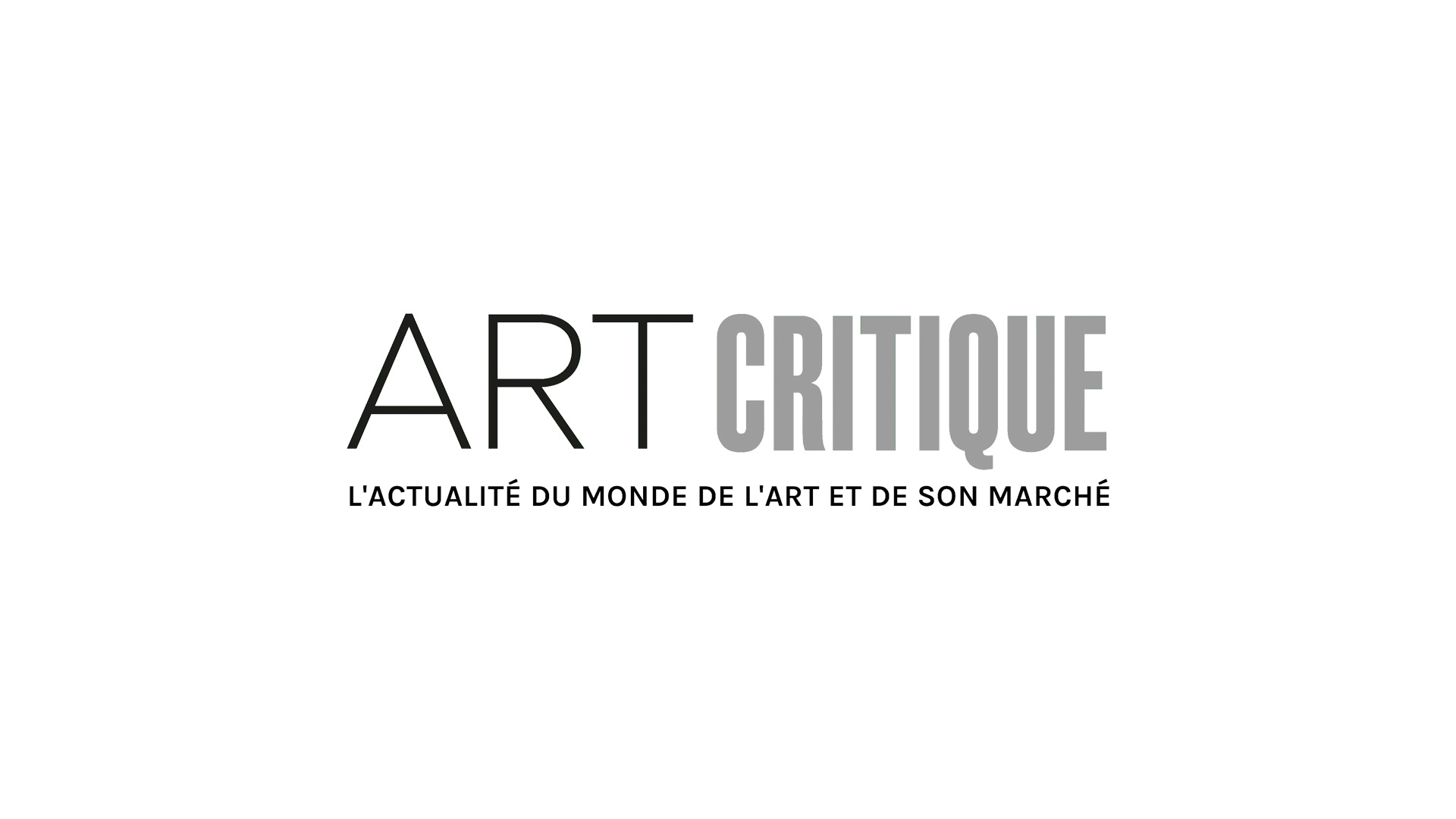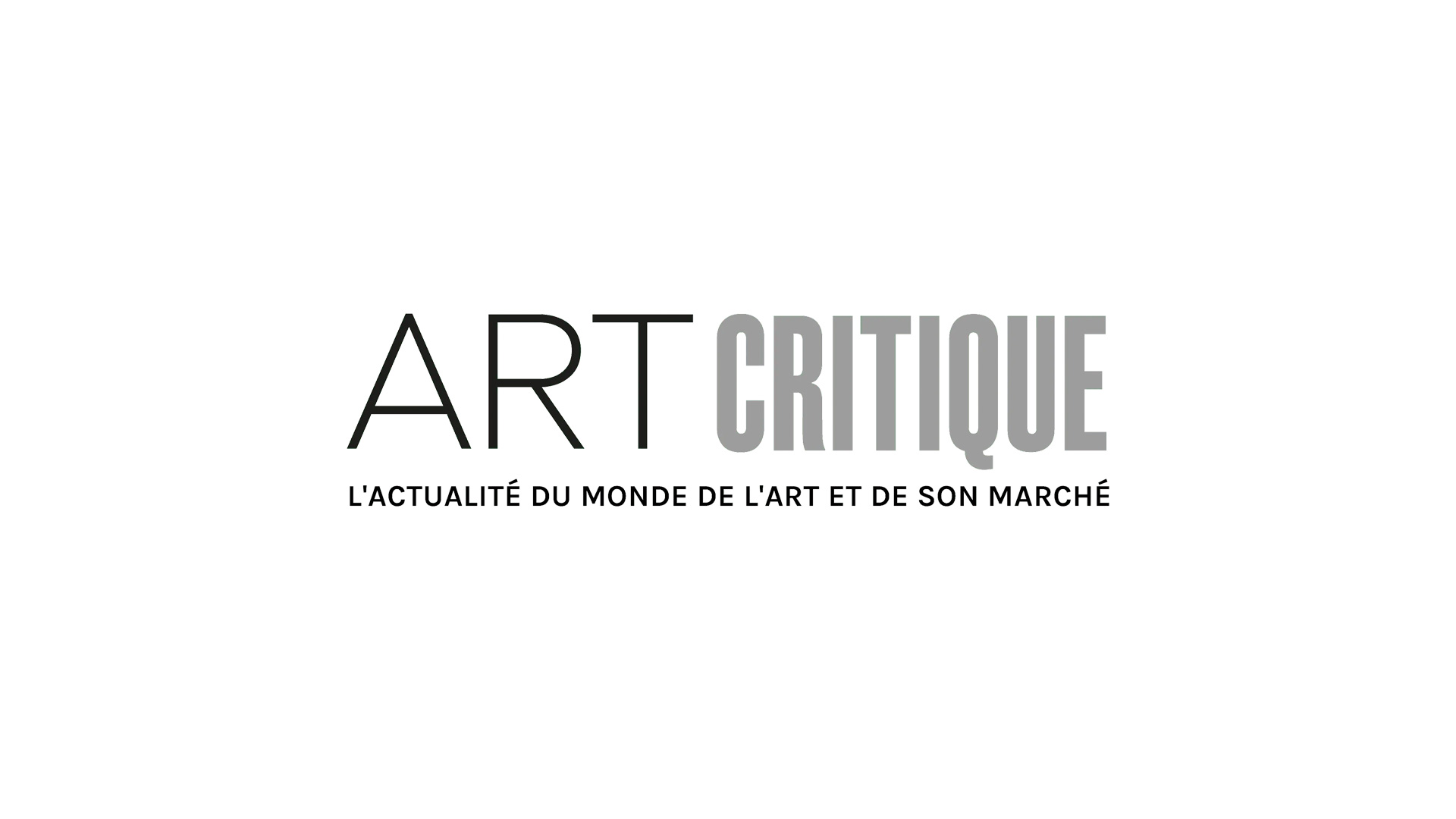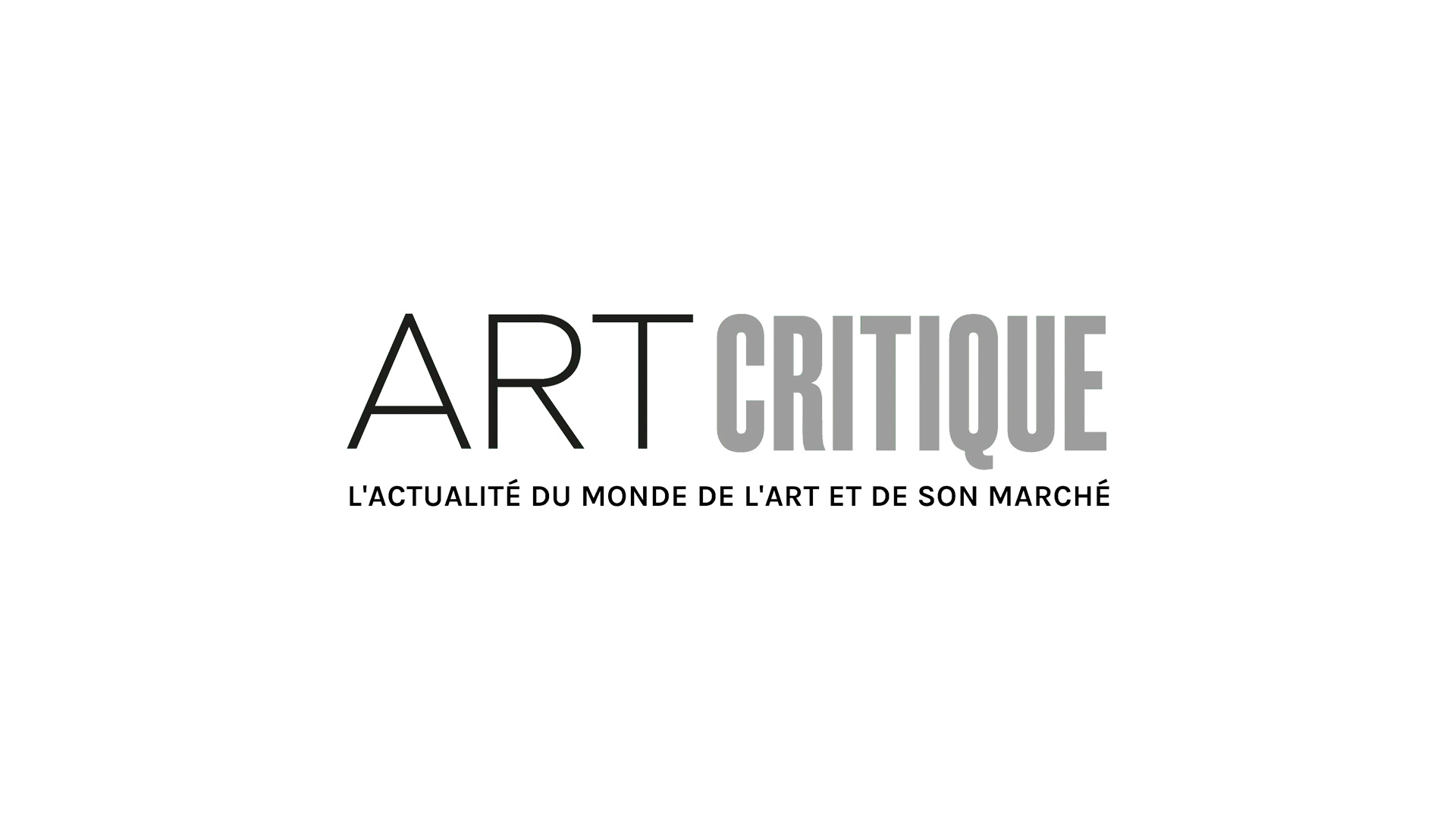Purpose of this lesson:
In recent years, restitution of art expropriated during the Holocaust era has piqued the interest of many around the world. Today, there is more information available to those looking for art that once belonged to their families, but how exactly did we get here? In this lesson, we will examine the systematic looting of artworks and property during World War II, what restitution entails, and where else we see issues of restitution in the world today.
This lesson is geared towards secondary or high school level students. It could also serve as a support for university level students who are less familiar with restitution or could be adapted to be covered in a higher-level course. While less traditional for a studio art class, it is appropriate for both studio art and art history students, particularly those influenced by mid-20th century artists.
Additionally, if you’re simply here to learn more about the art taken during WWII, you’re in the right place. You don’t need any art background to dive in!
To Begin….
1) Start by showing students the following clip from the 2014 movie The Monuments Men:
For a link to the above clip, click here.
2) Prompt a short discussion to engage students with the topic of looted artworks, specifically during WWII. The following are some questions you could use:
- Does anyone know what the men and the movie are doing?
- Who here is familiar with the systematic looting of art during World War II?
- How was stealing the artwork?
- Who were works being taken from?
- Approximately how many artworks do you think were taken by Nazis during the war?
- Why were they taking artworks?
- Are you familiar with any works that were stolen during the war?
- What other instances can you think of where looting of artwork may have taken place?
- Do you think expropriation is still an issue today? How so?
3) Definitions to keep in mind:
- Restitution: an act of restoring or a condition of being restored; such as:
- a restoration of something to its rightful owner
- a making good of or giving an equivalent for some injury. (Merriam-Webster)
- Expropriation: the action of the state in taking or modifying the property rights of an individual in the exercise of its sovereignty. (Merriam-Webster)
- Holocaust era: approximately the years between 1941 and 1945, during which there was a genocide of European Jews in German-occupied Europe.
- Provenance: the history of ownership of a valued object or work of art or literature. (Merriam-Webster)
- Good Faith: honesty or lawfulness of purpose. (Merriam-Webster)
- Statute of Limitations: a statute assigning a certain time after which rights cannot be enforced by legal action or offenses cannot be punished. (Merriam-Webster)
- Degenerate Art (Entartete Kunst): the label the National Socialist (Nazi) party, under its leader Adolf Hitler, applied to art they did not approve of, in an attempt to bring art under their control. (Tate)
4) The Lesson
Part I: World War II
During World War II, there was much devastation. Over the course of the war, millions died. Some estimate that between 45 million and 85 million perished, depending on what data you use. These numbers included soldiers and civilians, and most awfully, those who were treated as sub-human before being killed in concentration camps. Most often, those who were murdered in concentration camps were Jewish, and those who escaped Germany-controlled Europe were only lucky in that they got out alive. Their families, their friends, their entire lives were up-ended.
Though not as significant as the human lives lost, many artworks, manuscripts, and cultural artefacts were stolen by Nazis, either by looting or by forced sale. This mass expropriation encouraged a group of soldiers, called the Monuments Men who the movie was based on, to look for and protect art as the second World War drew closer to an end. While the efforts they and others made during and after the war to return artworks that were stolen, in some cases meticulous notes kept by the looting party proved highly beneficial for restitution, many have still never made it home.
Before war broke out, Hitler was already attacking the culture of those he saw as inferior. The Nazi regime became no stranger to burner books and artworks, stealing property, and deciding the fate of numerous masterpieces. Some believe as many as five million works were taken under Hitler’s rule.
When it came to art, Hitler, who applied to arts school, himself, and was rejected, determined that there was good art and so called ‘degenerate art.’ ‘Degenerate art,’ or Entartete Kunst, was the art that Hitler and the Nazi party disapproved of; it was art that did not line up with their beliefs and thoughts of a pure race. His plan, which was ultimately foiled, of course, when the Allied forces overpowered the Nazi regime, was to create a great museum in Linz, Austria (near his hometown of Braunau am Inn) that would be filled with the art that fit Hitler’s bill. The museum was to be called the Führermuseum (Leader’s Museum). The works Hitler and the Nazis confiscated were stored in mines in Germany and across the countryside in the houses of Nazi soldiers and Nazi allies, like the man in the video clip shown before.
As for the ‘Degenerate Art,’ which included works by some of today’s most celebrated artists, including Marc Chagall, Max Ernst, Wassily Kandinsky, and Paul Klee, Hitler had other plans. In 1937, an exhibition of ‘Degenerate Art’ was shown with more than 600 works by major artists who were marginalized by the dictator. During the exhibition, which was titled ‘Degenerate Art,’ more than one million people came to see the exhibition, a staggering number for exhibitions, even today. As for other artworks labeled as offensive by Hitler, they were destroyed.
The Nazis expropriated works from major institutions but what hit hardest, was the decimation of many private collections by force. Private collections were seized by the Third Reich under a number of guises, like payment for back taxes. In most cases, the reasons were complete fabrications and Jewish collectors were among those most affected, like the Rothschilds collection, for instance.
Today, thousands of works are still missing. Many were potentially destroyed but there are still people on the hunt, either those looking to track down works once owned by their families or those who simply want to help right the wrongs committed more than 70 years ago.
Part II: Restitution
Recently, you may have noticed the amount of chatter around restitution. It seems that every few months, there is a new story about restituting artworks that crossed paths with Nazis during the Holocaust era.
The reason such cases are becoming more prominent is that we now have more access to information regarding expropriated property than ever before. The internet, scholarly works, the end of regimes, and unsealed documents have effectively made the world smaller for those looking for their family’s possessions.

There have also been more efforts by organizations, institutions, and governments to figure out the history of artworks with uncertain provenances during the years around WWII. Some museums, like the Museum of Modern Art in New York have begun the Provenance Research Project, which has set out to research the history of works in their collection with potentially dubious pasts. At the moment, there are more than 1,000 artworks on their docket. Just last year, in 2019, the Victoria & Albert Museum in London held an exhibition titled ‘Concealed Histories: Uncovering the Story of Nazi Looting.’ The show displayed works from the museum’s collection with ‘gaps’ in their histories, which often refers to artwork that was either stolen or sold under duress. The exhibition, organized by the museum’s curator of provenance and spoliation research, Jacques Schuhmacher, was an initiative through which the museum has hoped to gain better insight into its collection.
At the end of WWII, there was an actual Monuments Men group who did, in fact, go to great lengths to track down lost art and protect significant cultural artefacts from the grips of the Nazis when they began feeling the pressure of the Allied Forces. The movie, starring the likes of George Clooney, Matt Damon, and Bill Murray, was inspired by a book, titled The Rape of Europa, written by Lynn H. Nicholas in 1995. The book, and subsequent movie, detailed, with some artistic liberties in the case of the movie, the true story of the Monuments Men. Today, there is a similar resurgence of trained army officials to better navigate culturally significant areas and place. In the years following the war, there were efforts to restitute works to their original homes, in museums and private collections; however, there were plenty that were effectively orphaned given the lack of documentation as well as the scattering of families who fled Europe to avoid the wrath of the Nazis. In a number of cases, too, works were given or sold to Nazi soldiers who kept the works in their own collections, like the man in the movie clip, during and even after the war.

Since the end of the war, there have been a number of conventions, including the Hague Convention in 1954, the Washington Conference held in 1998 (which established the Washington Principles), Resolution 1205 created in 1998, the Vilnius Forum of 2000, and the Terezin Declaration held in 2009. Each of these conferences have established some form of communal commitment to return artworks to their rightful owners. Their differences lie in their approaches to reach that goal. Some, like the Washington Conference, focus on a common goal but recognize variations in the laws of individual countries. Others stress a more blanket approach, like Resolution 1205. Many countries have signed and participated in these conferences. Ultimately, though, none of these commitments have been legally binding commitments, but all call for ‘fair and just’ solutions to the issue of restitution.
In many cases, the biggest issues that people face when they try to get artwork once owned by a family member back is the cost, restrictions of statute of limitations, and resources. It can require millions in funding to fight for an artwork and in many cases, the party who bought or owns the work purchased it or acquired the work in good faith, for a decent sum, too. (Here is a good time to ask students if they recall what ‘good faith’ means.) Most recommend alternate dispute resolution, which is a fancy way of saying mediation to sort an issue without the need of going to court, as the most effective way to approach restitution. Statute of limitations can be tricky, as well, as there is not a set period in which a case has to be made across the board. The HEAR Act, which stands for Holocaust Expropriated Art Recovery Act, was passed in the US in 2016 specifically to tackle issues of statute of limitations. The US law has been closely watched by the art world and has already made waves in returning artwork. The most significant case, so far, has concerned works by Egon Schiele. In the case, the heirs of the one-time owner of the Schiele works were supported by Justice Charles E. Ramos and in 2019, an appellate court in New York upheld Ramos’ hearing. **The HEAR Act is an intricate law, however, if you have students interested in art law, or law in general, it could prove to be a good study topic. Find more information of the HEAR Act, here.
Part III: The long reach of expropriated art
With so much interest in expropriated art during WWII, and understandably so – it stands as the largest looting of artwork in western, living history – unfortunately, though, it is not a unique case. For nearly as long as there have been people conquering other people, there has been plundering. With that, there are a number of issues that still fly relatively under the radar, even today.
One of the most profound concerns, today, relates to African art. Right now, an estimated 90 to 95 percent of African art resides outside of the continent. In 2017, French president Emmanuel Macron commissioned a report by Felwine Sarr and Bénédicte Savory, an economist and art historian, respectively. The report, now known as the ‘Sarr-Savoy Report,’ which urged France to return all African works in the country there under sometimes dubious circumstances immediately. The dubious circumstances? Well, France has a history of colonization of African countries, with that, and in other circumstances, a large number of works from Africa have made their way to France and are now in the country’s major institutions. According to the Sarr-Savoy Report, approximately 80,000 African works are in France with a staggering 70,000 in the stores of Paris’ Musée du quai Branly–Jacques Chirac, alone.
Nigeria has also called for the return of cultural artefacts now residing in major organizations like London’s British Museum. These works are ones that were taken from their home in Africa during an array of disputes. In 1897, British troops looted African artefact from Benin, including a series of bronze reliefs and carved ivories. More than 4,000 works were taken and brought to the British Museum as well as other institutions in European capitals. In 2018, an agreement between Nigeria and countries, including England, agreed to lend works, including the Benin Bronzes, to Nigeria with the opening of the Benin Royal Museum. While the works are not home to stay, the loan might eventually turn into a case of restitution.


The issue, in many of these cases, is that the countries that house works taken at one time or another, usually during times of oppression or war, see works of art as their own cultural heritage. Though some efforts have been made to bring works home, restitution remains a major issue and there are still millions of artworks waiting to head to their original home.
Conclusion
With restitution, there is a lot of gray area. Determining how best to bring an artwork back to its rightful owners requires many things to go correctly, from research to funding. There are moral components that clash with business components. Ultimately, it is messy. However, it is imperative that scholars, families, organizations, countries, and everyone in between forge on so that we do not repeat the same mistakes and if we do, we know where to start to repair the damage done.
5) Wrap up: Discuss the following with your students:
- What do you think about restitution? In relation to WWII and other countries?
- How do you think we should handle expropriated works?
- Do you think there is enough restitution?
- Can you think of any other examples of instances or expropriation? Restitution?
- Do you think expropriation is a relevant topic in today’s world?
6) Activity:
This lesson could be used as a support for a more in-depth look at works of Modern Art, artists during WWII, or European artists. It could also work as a segue into a lesson on restitution concerning other countries.
For studio classes, have students create an artwork inspired by this lesson in restitution. It could be a work in the style of an artist whose works were stolen, or a work highlighting issues of restitution still viable today, for example.
For art history classes, have student choose an artwork from either the WWII era of expropriation or another time of looting. Have students trace the provenance of the work and the history of the works owners, both past and present. This will give insight to the difficult nature of understanding provenance while also learning more about the time when the work was stolen.
7) Supplemental reading:
To continue the discussion, have students look at this list of some of the most elusive artworks that went missing during the Holocaust era.
8) Additional visual aids
Resources
Art Stolen by the Nazis is still missing. Here’s how we can recover it.

















